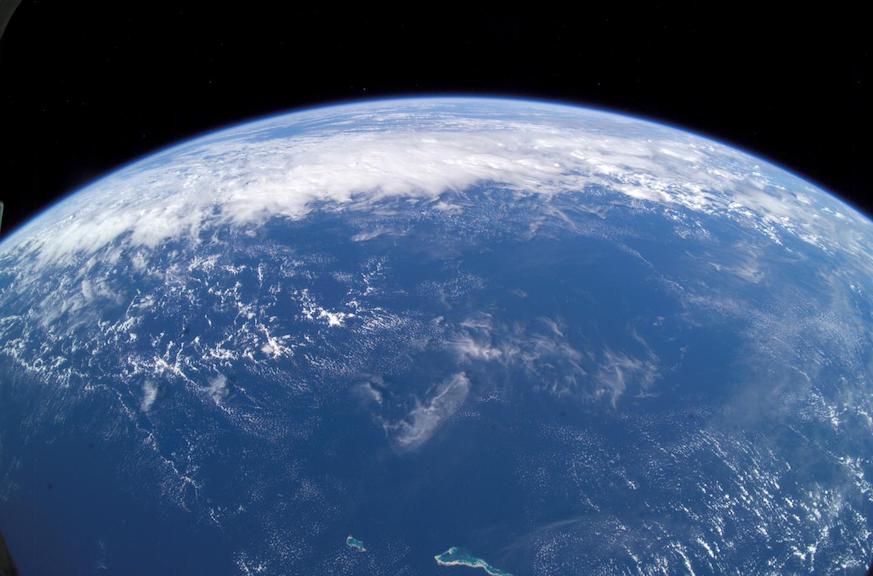Source article originally published on
Article Summary and/or Excerpt:
New information about an emerging technique that could track microplastics from space has been uncovered by researchers at the University of Michigan. It turns out that satellites are best at spotting soapy or oily residue, and microplastics appear to tag along with that residue.
Microplastics—tiny flecks that can ride ocean currents hundreds or thousands of miles from their point of entry—can harm sea life and marine ecosystems, and they’re extremely difficult to track and clean up. However, a 2021 discovery raised the hope that satellites could offer day-by-day timelines of where microplastics enter the water, how they move and where they tend to collect, for prevention and clean-up efforts.
The team noticed that data recorded by the Cyclone Global Navigation Satellite System (CYGNSS), showed less surface roughness—that is, fewer and smaller waves—in areas of the ocean that contain microplastics, compared to clean areas.
In preliminary testing, they used the technique to spot suspected microplastic releases at the mouth of China’s Yangtze River and to identify seasonal variations in the Great Pacific Garbage patch, a convergence zone in the North Pacific Ocean where microplastic collect in massive quantities. But until now, the team was unsure about the nature of the relationship between microplastics and surface roughness.
A newly published study in Scientific Reports shows that the anomalies in wave activity are caused not by the plastics themselves, but by surfactants—soapy or oily compounds that are often released along with microplastics and that travel and collect in similar ways once they’re in the water.
